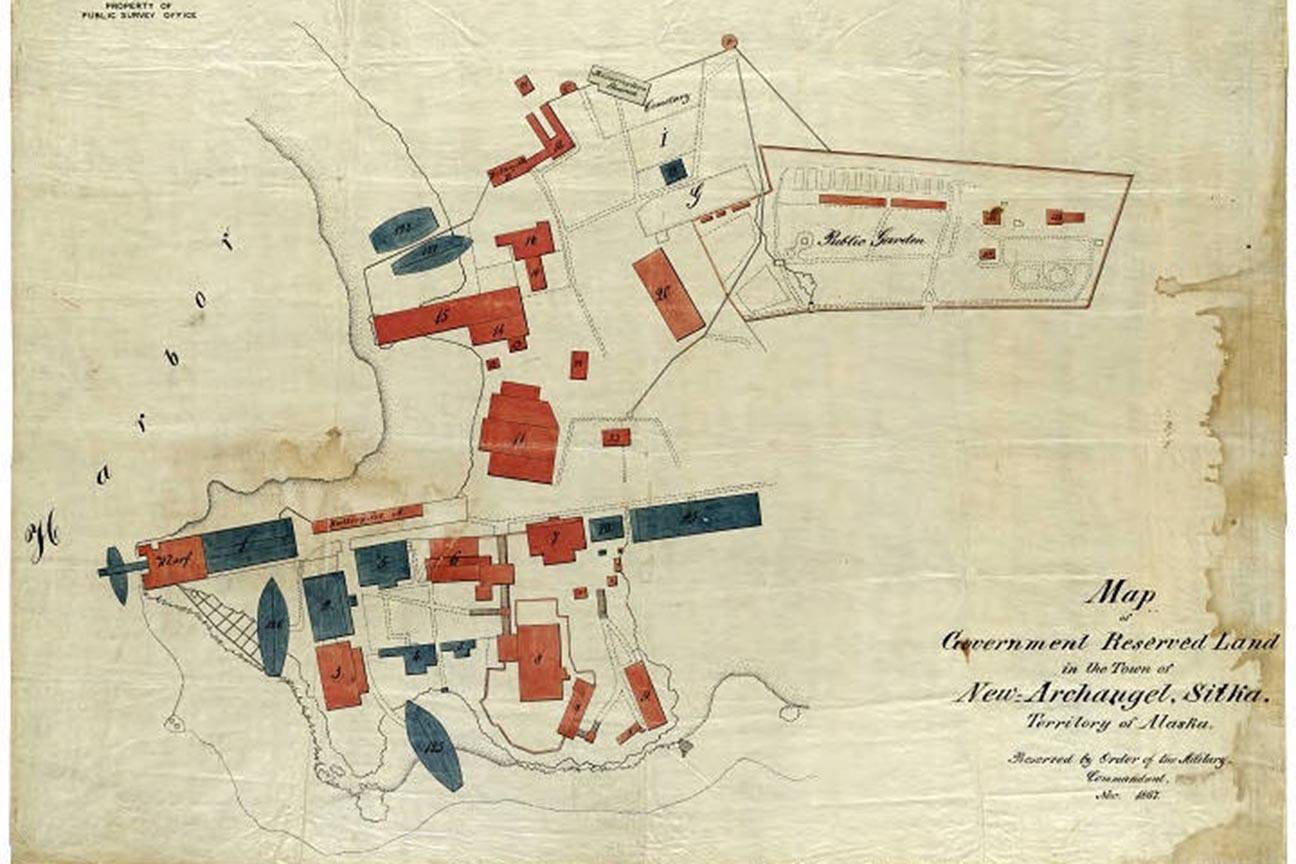Alaska is celebrating its 60th Alaska Day today.
The state holiday commemorates the day in 1867 when the Russian Empire signed over the lands of Alaska to the United States. Alaska Natives, of course, had been living here already for an estimated 15,000 years before any Westerner set foot in the state.
Here’s some interesting facts about the colonization and later territorial status of Alaska.
1. Alaska was charted by Westerners in 1741
Led by Danish pilot Vitus Bering, a Russian expedition charted Alaska in 1741. Alaskan Natives, of course, had been living here since before recorded history. Russian hunters would soon start a fur trade in Russia, brushing aside Alaska Natives as they sought to trap enough to make the long voyages economically viable.
2. Sitka was the capital of Russian America, under another name
Settling first in the Aleutian Islands and Kodiak, the capital of Russian America, as the territory was known, was eventually settled in Sitka, known as Novo Arkhangelsk to the Westerners. Aleksandr Baranov established the Russian American Company and established a monopoly on trade in Alaska and as far as the Russian settlement in modern-day California.
3. As trade began to slough off, Russia looked to offload Alaska
After the expensive loss of the Crimean War, cash-strapped Russia began to look for ways to make money out of the decreasingly profitable Russian America. On March 30, the Russian Empire concluded a treaty with U.S. Secretary of State William H. Seward, wherein the United States purchased Alaska for $7.2 million dollars, or roughly $129 million in today’s currency. The math works out to roughly 10 cents per square mile back then, or roughly $1.94 per square mile today.
4. The handover took place in Sitka
On Oct. 18, 1867, the Russian Empire lowered their flag in Alaska for the last time, and the United States raised theirs. The battle in the federal government to ratify the treaty was hard fought; Alaska was regarded as cold, barren, and useless, and the public hung the name “Seward’s Folly” on the territory. Seward was a staunch expanionist and regarded an opportunity to add 20 percent to the landmass of the United States as a windfall.
5. Sitka remained the capital until 1906
At the time, the decline in economic activity in Sitka ordained that the capital moved to Juneau, which was the largest city in Alaska at the time.
6. Gov. William Egan signed Alaska Day into law in 1959
Less than a year after Alaska became the 49th state, Egan proclaimed that Oct. 18 would be Alaska day from then on and urged Alaskans to celebrate. In Sitka, there’s traditionally an Alaska Day Festival commemorating the handover. The Alaska State Museum will also have activities to participate in this year.
Know & Go
The Alaska State Museum will be open from 10 a.m. – 4 p.m. on Friday. Admission is now discounted for the winter, and Friday will be one of the last chances to see “Cruisin’ the Fossil Coastline.” There will also be an Alaska Literary Festival from 11 a.m.-3 p.m. Finally, there will be a presentation about Soviet whaleship activity in Alaskan waters. More information is available here.
• Contact reporter Michael S. Lockett at 757-621-1197 or mlockett@juneauempire.com.

